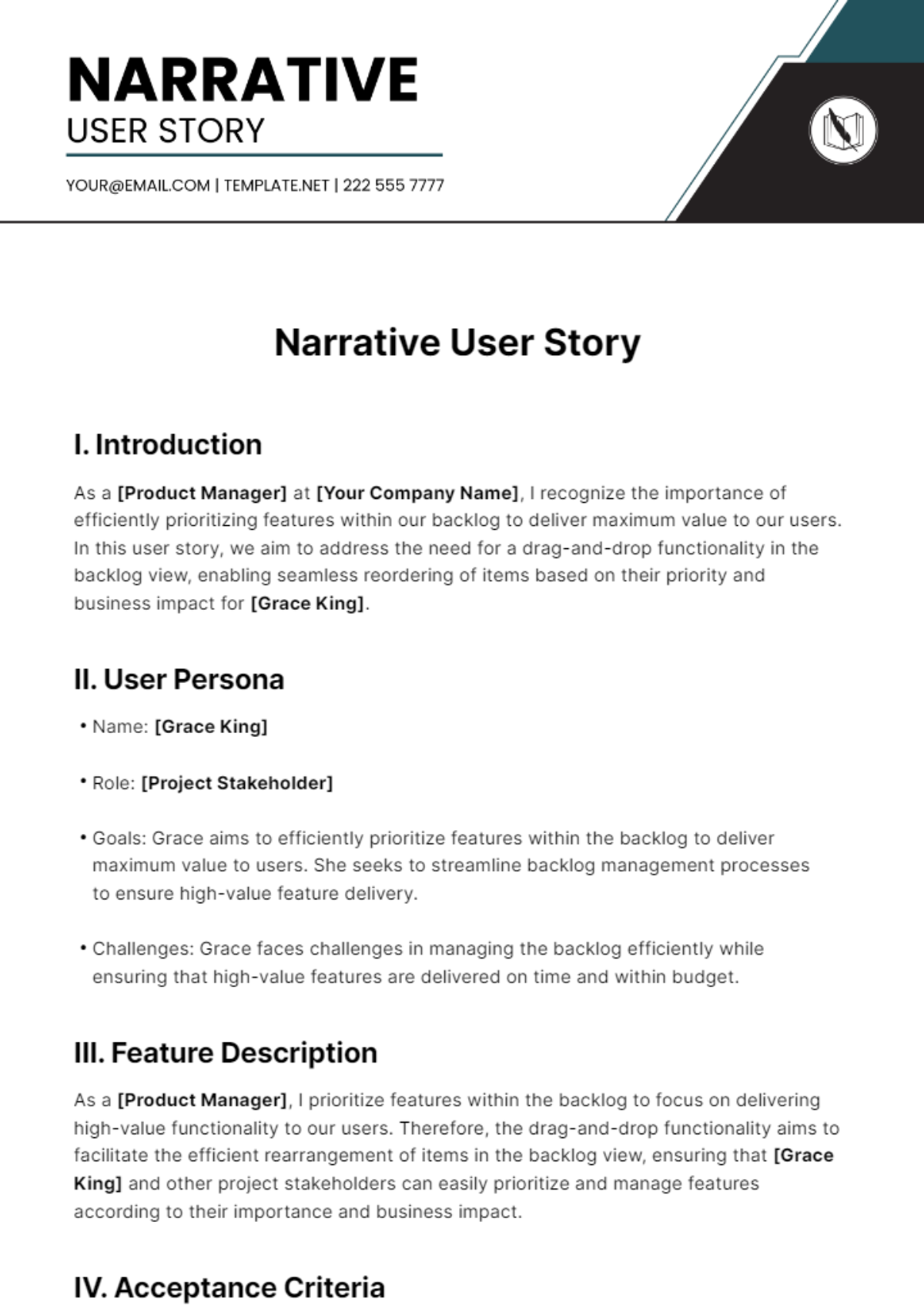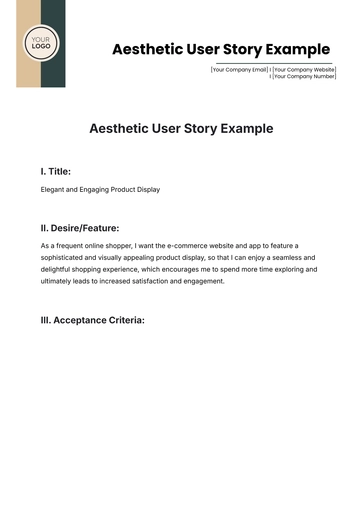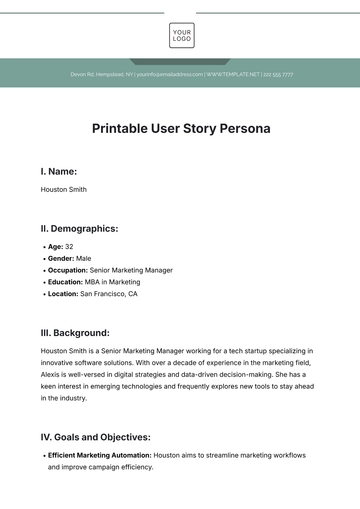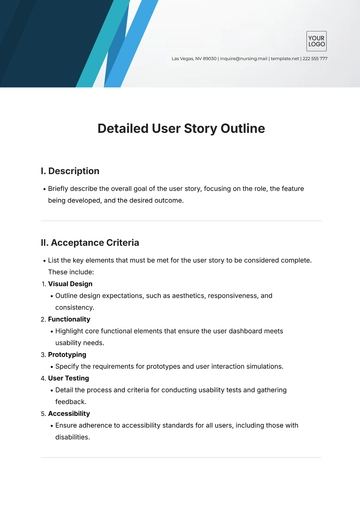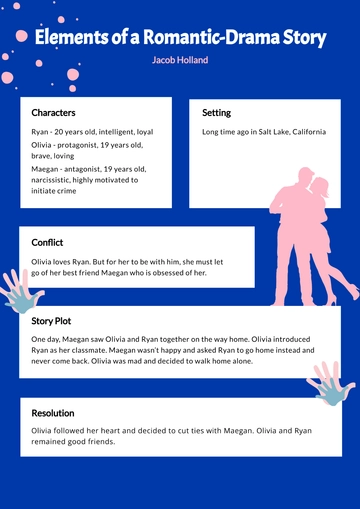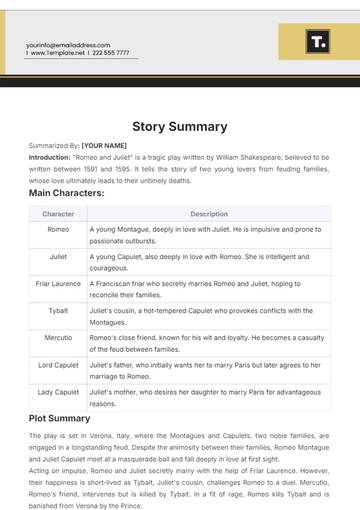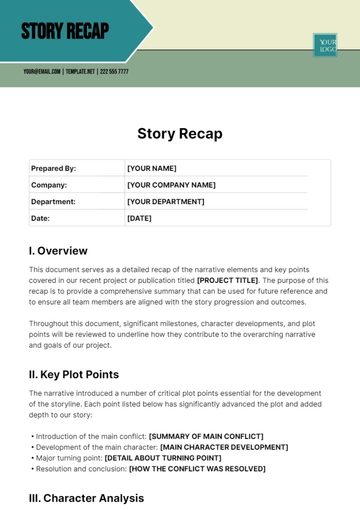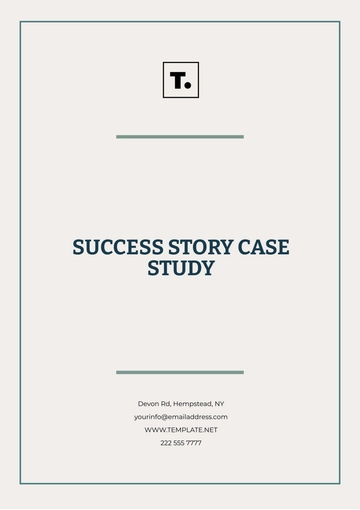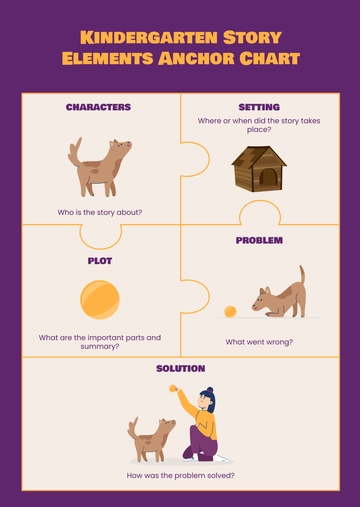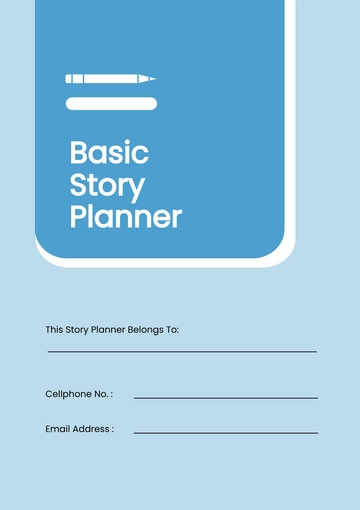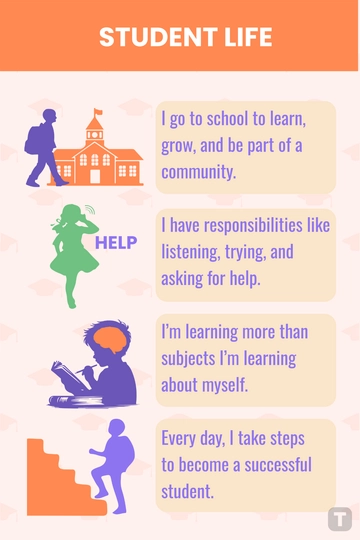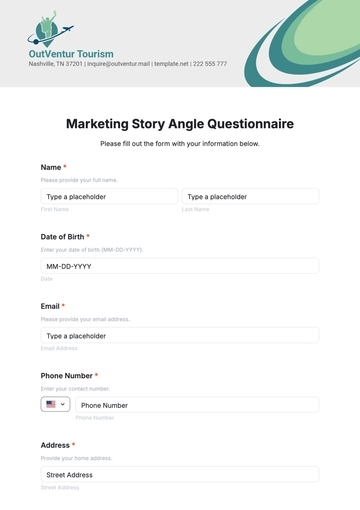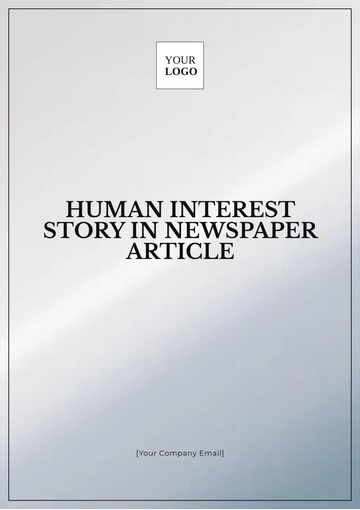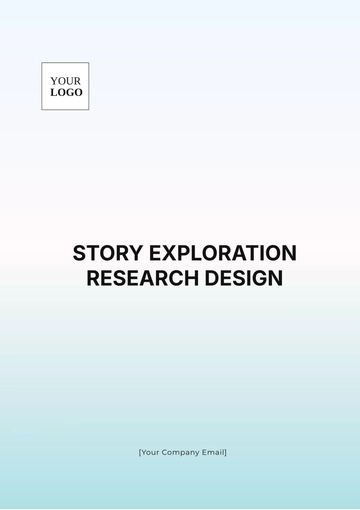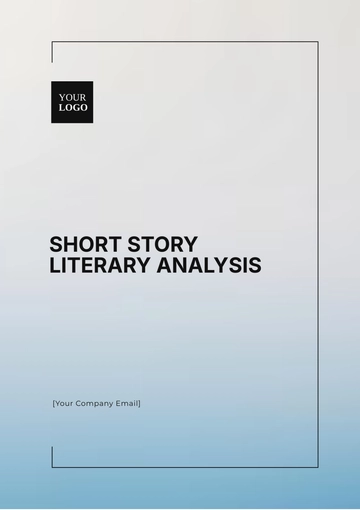Narrative User Story
I. Introduction
As a [Product Manager] at [Your Company Name], I recognize the importance of efficiently prioritizing features within our backlog to deliver maximum value to our users. In this user story, we aim to address the need for a drag-and-drop functionality in the backlog view, enabling seamless reordering of items based on their priority and business impact for [Grace King].
II. User Persona
Name: [Grace King]
Role: [Project Stakeholder]
Goals: Grace aims to efficiently prioritize features within the backlog to deliver maximum value to users. She seeks to streamline backlog management processes to ensure high-value feature delivery.
Challenges: Grace faces challenges in managing the backlog efficiently while ensuring that high-value features are delivered on time and within budget.
III. Feature Description
As a [Product Manager], I prioritize features within the backlog to focus on delivering high-value functionality to our users. Therefore, the drag-and-drop functionality aims to facilitate the efficient rearrangement of items in the backlog view, ensuring that [Grace King] and other project stakeholders can easily prioritize and manage features according to their importance and business impact.
IV. Acceptance Criteria
The drag-and-drop feature allows users to reorder items by clicking and dragging them to the desired position.
Changes to the backlog order are immediately reflected for all team members accessing the backlog.
A confirmation dialog box appears when attempting to reorder an item, preventing accidental changes.
V. Dependencies
Implementation of the drag-and-drop functionality necessitates updating the frontend framework to support dynamic reordering of elements.
Integration with the existing project management system is essential to ensure seamless synchronization of backlog changes across all users.
VI. Constraints
Identifying and addressing constraints is crucial to ensure the successful implementation of the user story. Here are the constraints that need to be considered:
Technical Constraints: The existing backend architecture may pose limitations for implementing the drag-and-drop functionality.
Time Constraints: The project has a tight deadline of [specific date], requiring efficient planning and execution to meet project milestones.
Resource Constraints: Budget constraints may limit the availability of resources such as developer hours and tools.
Compatibility Constraints: The drag-and-drop functionality must be compatible with various devices and browsers to ensure a seamless user experience.
Regulatory Constraints: The project must comply with regulatory requirements, such as data privacy regulations and accessibility standards.
VII. Notes
The drag-and-drop feature should be intuitive and easy to use, requiring minimal instruction for users to understand its functionality.
Consideration should be given to accessibility requirements, ensuring that the feature is usable for all users, including those with disabilities.
User Story Templates @ Template.net
